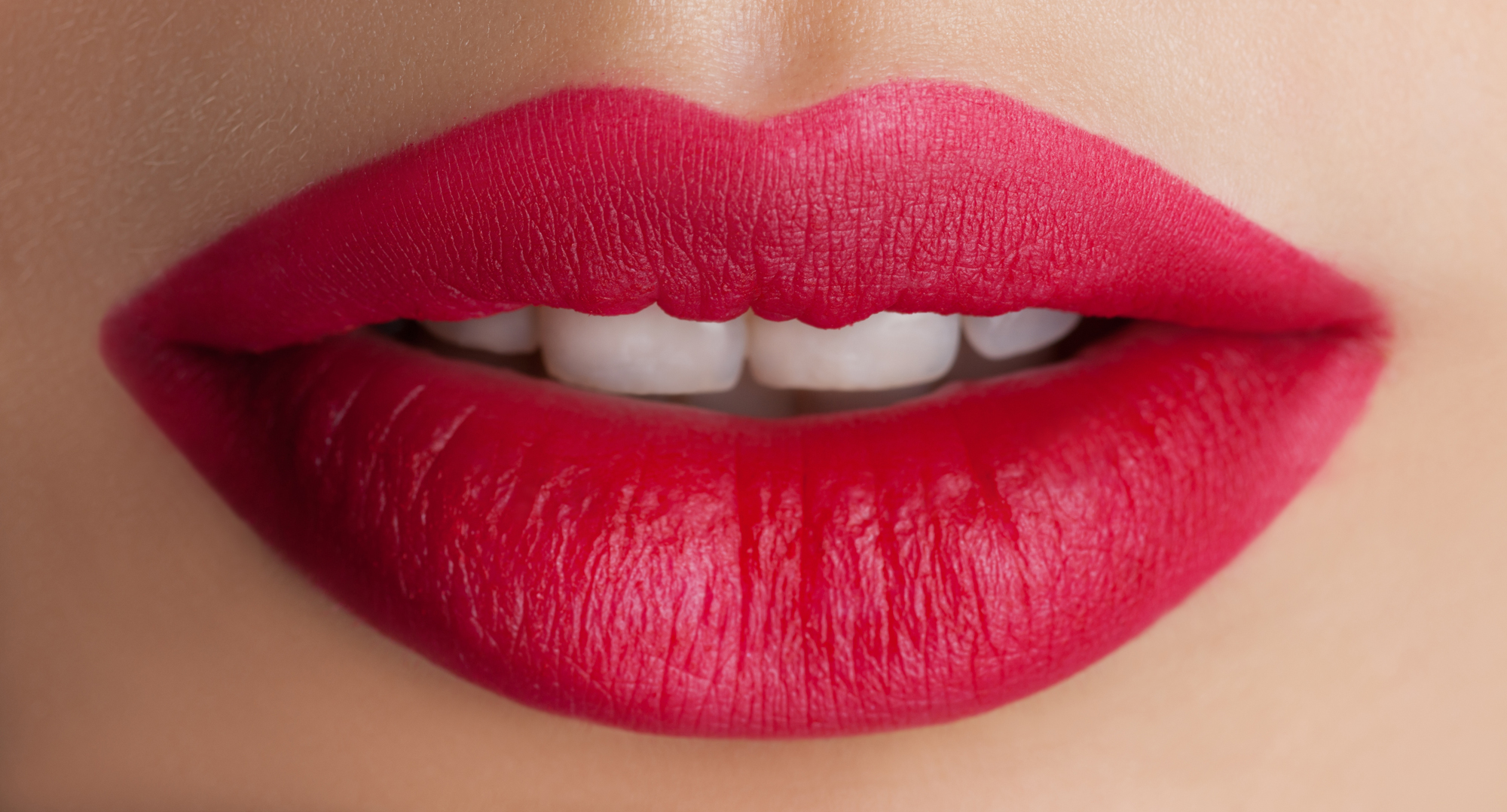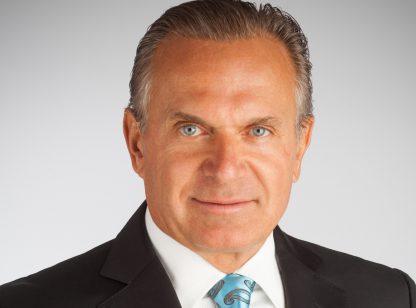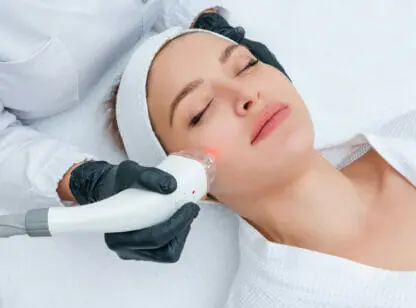Lips speak to people – literally and figuratively. Even when someone isn’t talking, a down-turned corner of the mouth says, “I disapprove. I’m sad. I’m angry.” That’s not so bad if you are expressing sadness, anger or disapproval, but what if you aren’t? Lips can betray you and say something that isn’t true or correct. And that can be a problem.
Plastic surgery in general – and lip procedures specifically – get a bad rap as being fake and “done” looking. But as a plastic surgeon, I am often trying to get a person’s outside to match their inside. Rarely, and only after a lot of prodding by my patient, will I create lips that defy nature and look obviously done. And even when I do, I prefer to use one of the temporary fillers so that the person can have a change of heart and no regrets.
But I am getting ahead of myself. Let’s talk about how the lips change over time and how we have dealt with making luscious lips over the years.
The lips are mostly muscle with a few minor salivary glands mixed in. Some ethnicities are blessed with fuller lips while others have thinner lips, but what happens as we age is always the same. The lips get thinner. They deflate. Also, the face around the mouth begins to sag in a downward direction. Since your mouth is held in place by muscle, it can’t follow the face down, so the soft tissues that sag create a ripple at the corner of the mouth. Like water rushing past a boulder in a stream, a low area results. We call this crease the labio-mental fold or the marionette line. You are frowning and don’t even know it.
What’s a woman (or man) to do? Oh, yes, I am a big proponent of men having thin lips corrected. In fact, men who attend to the thinning of the lips and the agedness it causes are flocking in for therapy. And when they don’t mention it to me, I often mention it to them. It’s probably the most overlooked aspect of facial rejuvenation in men.
There are three categories of lip enhancement: fillers, structured implants and incisional. I do all three regularly and it isn’t uncommon for me to combine two treatment modes on one patient, while some patients “graduate” from one style of care to another. Let’s take a look.
Fillers
By a fifty-to-one margin, fillers are the most popular type of enhancement of the lips. Why? It’s inexpensive, fast, no recovery is required, and it is reversible. Reversibility might seem like a bad thing in plastic surgery but it’s not. It’s a good thing. In a way, patients can try a look with fuller or lifted lips before they buy. Some of my more artistic patients get very involved with treatments, directing me precisely where to put the filler and how much to use. In fact, it’s probably the only plastic surgery procedure in which the patient can become involved in the creative process while the treatment is happening.
Fillers fill the lip anatomy and can “stiffen” the corner of the mouth. This lifts the corner and makes it less droopy. Filler can be used also in the above-mentioned labio-mental fold to further support the corner of the mouth. The other thing that fillers do so well is to restore volume to the pulp of the lip and the vermillion border. It is the loss of volume of the border that causes those vertical lines that cut right into the lip. Filling the border is usually done to make the lips look poutier and sexier. It also adds structure to the lip and can make the mouth look wider.
Restylane and Juvederm are usually used to fill, but it isn’t uncommon to use the patient’s own fat. While the former are temporary, fat injected is a graft, which can take residence permanently – especially when it is repeated once or twice after the initial treatment. One filler I am not a fan of is silicone, as in a small percentage of cases it can cause permanent disfigurement. But even that small percentage is too much for me. I do not offer silicone injection to my lip patients.
Structured Implants
One new product that has taken the lip surgery scene by storm is the PermaLip implant by Surgisil. I like these prosthetic lip enhancers a lot. They are permanent, soft, squishable implants that feel very natural and are well tolerated by patients. They are inserted through a pair of small incisions at the corner of the mouth. The manner in which I insert the implant is a bit gross for the non-surgeon to watch, which is exactly why I did it on live television. (Honestly, I thought even my fellow hosts on The Doctors were going to be sick to their stomachs!) I place a special instrument into the small incision at one corner of the mouth and tunnel it all the way to the other side. Then I use this special “passer” to grasp the implant and drag it into place. It looks worse than it feels, somewhat like a dental procedure.
The PermaLip is not the first lip implant. Implants made of all sorts of things have come and gone through the years, but I believe this new one is here to stay. In the past, we have also inserted portions of the patients’ own tissue. Fascia (the connective tissue that covers muscles in the body) and dermis (the deepest layer of skin) have also been fashioned into strips that can be inserted. Results with these techniques are good, but not great. That’s why they have been replaced by newer methods.
Incisional Techniques
How can you make lips fuller by cutting something out? It doesn’t make sense, does it? Well, it’s more about rearranging tissue than cutting it away. We sometimes do V to Y flap advancement. That’s when I make tiny incisions on the inside of the lip where the lip rubs against the teeth, and rotate some of the red part of the lip externally. This creates a fuller, pulpier lip. Another incisional technique does involve cutting skin away: the direct and indirect lip lift. This is an upper lip skin excision that removes some of the skin residing between the nose and the border of the upper lip. By reducing how much skin is in this area, the upper lip is pulled upwards and it looks tighter and fuller. Not my favorite method of lip improvement, but there are times when it is the best, or only way, to proceed.
I know all this information about lips is a lot to swallow, and maybe that’s why we plastic surgeons train for so many years. My advice is, if you want fuller, more youthful lips to make your outside match the way you feel on the inside, try one of the temporary techniques first. Then if you love it, love it forever with one of the permanent techniques. A kissable kisser is within your grasp.
Dr. Chopra is medical director of The Plastic Surgery Institute in Rancho Mirage and can be reached at (760) 568.2211. Please send your ideas and recommended topics for his column via email to [email protected].
















































Comments (0)